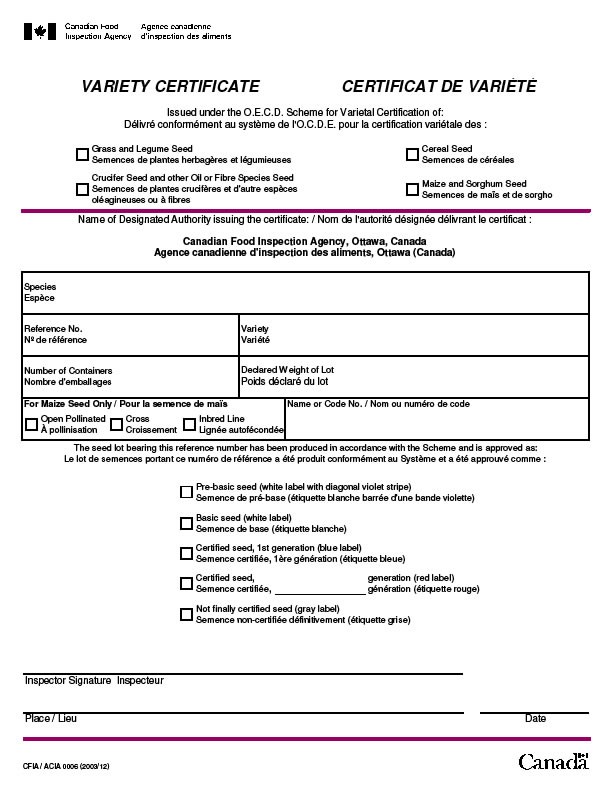How Does XIV Work
Post on: 16 Март, 2015 No Comment

- Posted by Vance Harwood Posted in Uncategorized Comments Off
VelocityShares’ XIV and its sister fund ZIV are designed to go up when the volatility of the S&P 500 goes down. XIV has a shorter time horizon (1 to 2 months) whereas ZIV has a 5 month timeframe.
To have a good understanding of how XIV works (full name: VelocityShares Daily Inverse VIX Short-Term ETN ) you need to know how it trades, how its value is established, what it tracks, and how VelocityShares (and the issuer— Credit Suisse) make money running it.
How does XIV trade?
- For the most part XIV trades like a stock. It can be bought, sold, or sold short anytime the market is open, including pre-market and after-market time periods. With an average daily volume of 11 million shares its liquidity is excellent and the bid/ask spreads are a penny.
- Unfortunately XIV does not have options available on it. However its Exchange Traded Fund (ETF) equivalent, ProShare’s SVXY does, with five weeks’ worth of Weeklys with strikes in dollar increments.
- Like a stock, XIV’s shares can be split or reverse split—but unlike VXX (with 3 splits since inception ) XIV has only split once, a 10:1 split that took its price from $160 down to $16. Unlike Barclays VXX, XIV is not on a hell-ride to zero .
- XIV can be traded in most IRAs / Roth IRAs, although your broker will likely require you to electronically sign a waiver that documents the various risks with this security. Shorting of any security is not allowed in an IRA.
How is XIV’s value established?
- Unlike stocks, owning XIV does not give you a share of a corporation. There are no sales, no quarterly reports, no profit/loss, no PE ratio, and no prospect of ever getting dividends. Forget about doing fundamental style analysis on XIV. While you’re at it forget about technical style analysis too, the price of XIV is not driven by its supply and demand—it is a small tail on the medium sized VIX futures dog, which itself is dominated by SPX options (notional value > $100 billion).
- The value of XIV is set by the market, but it’s tied to the inverse of an index (S&P VIX Short-Term Futures tm ) that manages a hypothetical portfolio of the two nearest to expiration VIX futures contracts. Every day the index specifies a new mix of VIX futures in that portfolio. For more information on how the index itself works see this post or the XIV prospectus .
- The index is maintained by the S&P Dow Jones Indices and the theoretical value of XIV if it were perfectly tracking the inverse of the index is published every 15 seconds as the “intraday indicative” (IV ) value. Yahoo Finance publishes this quote using the ^XIV-IV ticker.
- Wholesalers called “Authorized Participants” (APs) will at times intervene in the market if the trading value of XIV diverges too much from its IV value. If XIV is trading enough below the index they start buying large blocks of XIV—which tends to drive the price up, and if it’s trading above they will short XIV. The APs have an agreement with Credit Suisse that allows them to do these restorative maneuvers at a profit, so they are highly motivated to keep XIV’s tracking in good shape.
What does XIV track?
- XIV makes lemonade out of lemons. The lemon in this case is an index S&P VIX Short-Term Futures tm that attempts to track the CBOE’s VIX® index—the market’s de facto volatility indicator. Unfortunately it’s not possible to directly invest in the VIX, so the next best solution is to invest in VIX futures. This “next best” solution turns out to be truly horrible—with average losses of 5% per month. For more on the cause of these losses see “The Cost of Contango ”.
- This situation sounds like a short sellers dream, but VIX futures occasionally go on a tear, turning the short sellers’ world into something Dante would appreciate.
- Most of the time (75% to 80%) XIV is a real money maker, and the rest of the time it is giving up much of its value in a few weeks—drawdowns of 80% are not unheard of. The chart below shows XIV from 2004 using actual values from November 2010 forward and simulated values before that.
- To be specific XIV does not implement a true short of its tracking index. Instead it attempts to track the -1X inverse of the index on a daily basis, and then rebalances investments at the end of each day. For a detailed example of what this rebalancing looks like see “How do Leveraged and Inverse ETFs Work? ”
- There are some very good reasons for this rebalancing, for example a true short can only produce at most a 100% gain and the leverage of a true short is rarely -1X (for more on this see “Ten Questions About Short Selling ”. XIV on the other hand is up almost 200% since its inception and it faithfully delivers a daily move very close to -1X of its index.
- Detractors of the daily reset approach correctly note that XIV and funds like it can suffer from volatility drag . If the index moves around a lot and then ends up in the same place XIV will lose value, whereas a true short would not, but as I mentioned earlier, true shorts have other problems. However daily reset funds don’t always underperform. If the underlying index is trending down, they can deliver better than -1X cumulative performance. For more see “A Hat Trick for Inverse / Leveraged Volatility Funds ”














